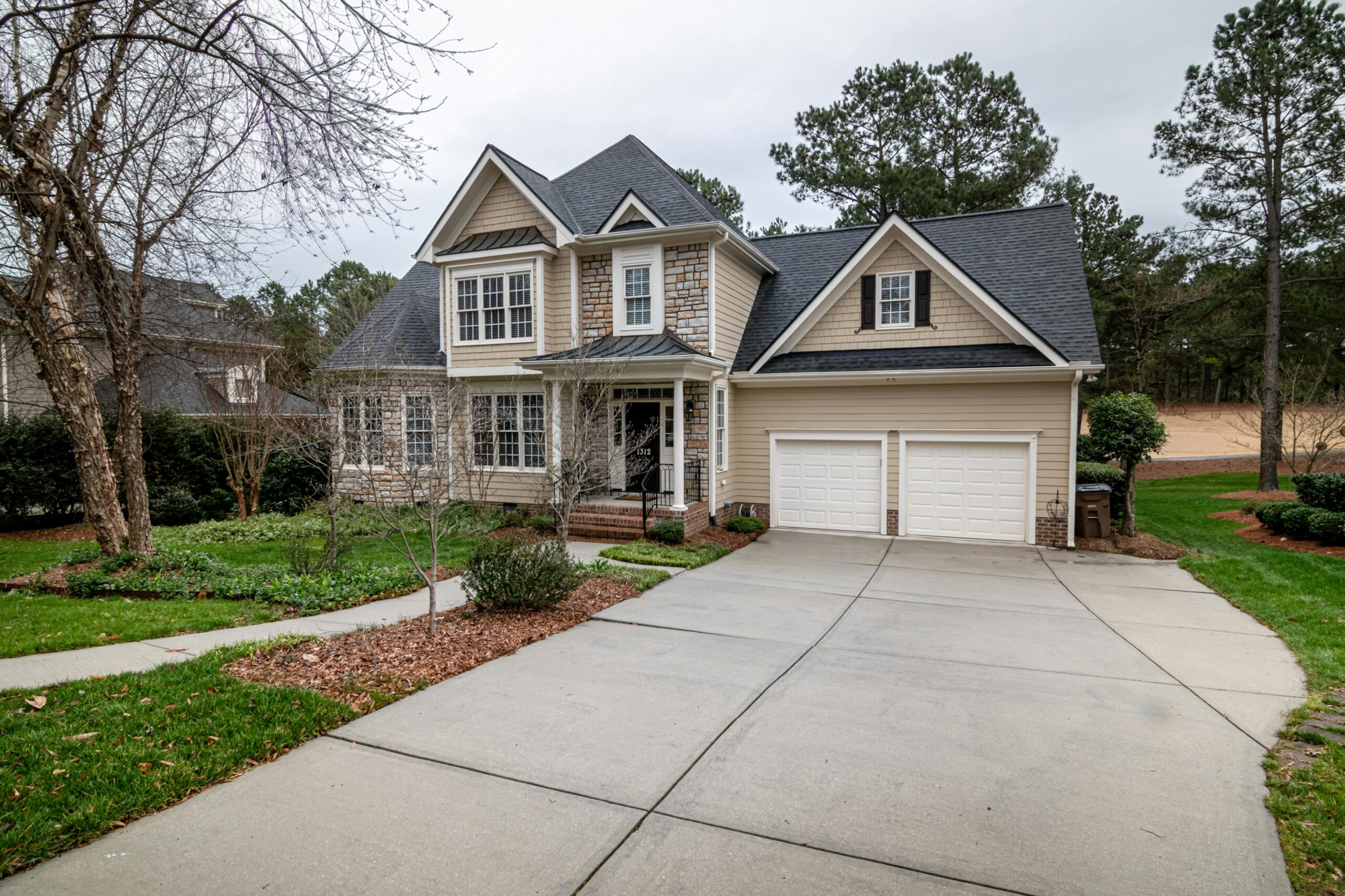When it’s time to replace your roof, choosing the right type of shingle can significantly impact your home’s appearance, protection level, and your long-term budget. Two of the most common asphalt shingle options homeowners consider are architectural shingles (also known as dimensional shingles) and traditional 3-tab shingles. These two varieties differ substantially in their look, durability, performance in harsh weather, and cost. This article provides a comprehensive comparison to help you make an informed decision for your roofing project.
Visual Differences Between Shingle Styles
The most immediately noticeable difference when comparing asphalt shingle types is their appearance. Traditional 3-tab shingles feature a flat, uniform pattern with three distinct tabs of equal size across each strip, creating a simple, clean look when installed. This regular pattern has been the standard in residential roofing for decades.
Architectural shingles, on the other hand, offer a dimensional appearance with multiple layers laminated together to create depth and texture. This style mimics the sophisticated look of wood shakes or slate tiles without their maintenance requirements or cost. The dimensional shingles benefits include a more luxurious, high-end aesthetic that can significantly enhance your home’s curb appeal and potentially increase its value.
When considering a shingle style comparison, architectural shingles provide more design versatility with various shadow lines, color blends, and textures that can complement different architectural home styles from traditional to contemporary. The random patterns and layered construction deliver a more distinctive, custom look compared to the more modest appearance of 3-tab varieties.
Durability and Weather Resistance
When evaluating the best asphalt shingle for durability, architectural shingles clearly outperform their 3-tab counterparts. The multi-layered construction of dimensional shingles makes them significantly thicker—typically 50% heavier than 3-tab shingles—resulting in superior resistance to impacts from hailstones, falling branches, and other debris.
Wind resistance presents another crucial difference when architectural vs 3-tab shingles are compared. Standard 3-tab shingles typically have wind ratings between 60-70 mph, while architectural shingles commonly withstand winds of 110-130 mph or even higher with proper installation. For homeowners in regions prone to severe weather, this enhanced protection can be a compelling reason to invest in dimensional shingles.
Architectural shingles also typically include enhanced UV protection and better waterproofing capabilities due to their advanced construction and materials. The additional asphalt and stronger fiberglass mat used in these premium shingles result in fewer cracks, blisters, and water penetration issues over time, making them more suitable for areas with extreme temperature fluctuations or high precipitation.
Lifespan Expectations
One of the most significant factors when comparing asphalt shingle types is their expected service life. Traditional 3-tab shingles generally last between 15-20 years under favorable conditions. Their thinner construction makes them more susceptible to weathering, granule loss, and deterioration over time.
In contrast, architectural shingles typically offer a lifespan of 25-30 years, with premium options sometimes warranted for up to 50 years. This extended durability stems from their thicker construction, better waterproofing, and superior resistance to UV degradation. For many homeowners, the longer lifespan represents one of the most valuable dimensional shingles benefits, potentially eliminating an entire roof replacement cycle during homeownership.
When considering the long-term value in a shingle style comparison, it’s worth noting that architectural shingles typically maintain their appearance longer as well, with less curling, cupping, and algae growth over time. For specific information about shingle performance in your local climate, you can consult with roofing professionals through services like AskHomey, which can connect you with experienced contractors in your area.
Cost Considerations
The initial investment represents the most significant drawback when weighing architectural vs 3-tab shingles. Dimensional shingles generally cost 20-40% more than 3-tab products, which can add several thousand dollars to a complete roof replacement project. This higher upfront expense leads some homeowners, particularly those with tight budgets or planning to sell soon, to choose the more economical 3-tab option.
However, when analyzing the cost over the entire service life, architectural shingles often provide better value. Their longer lifespan effectively reduces the annual cost of ownership. Additionally, many insurance companies offer premium discounts for homes with impact-resistant architectural shingles, potentially offsetting some of the higher initial investment through lower insurance rates.
Installation costs may also differ slightly between the two types, with architectural shingles sometimes requiring more specialized knowledge for optimal performance. However, the difference in labor cost is typically minimal compared to the material price difference when comparing asphalt shingle types.
For more tips and to connect with reliable home service professionals, follow AskHomey on Facebook and Instagram.



